PATIENT INFORMATION
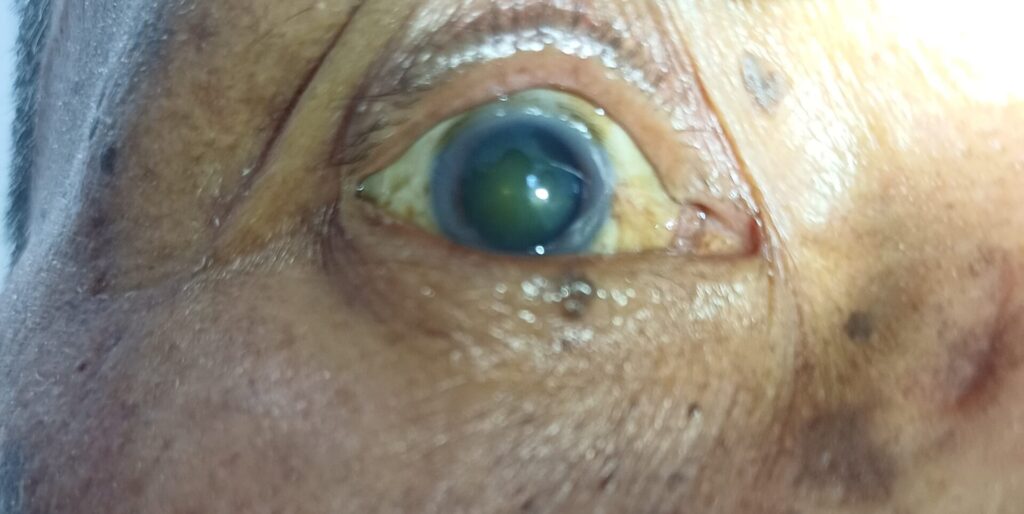
CATARACT
Clouding of the normally clear lens of the eye that helps to focus light. Most cataracts develops slowly as you get older The main symptoms are painless, hazy or less colorful Having cataracts can be like looking through a cloudy window The cloudy lens can be replaced with a clear, artificial lens which is a safe, outpatient procedure.
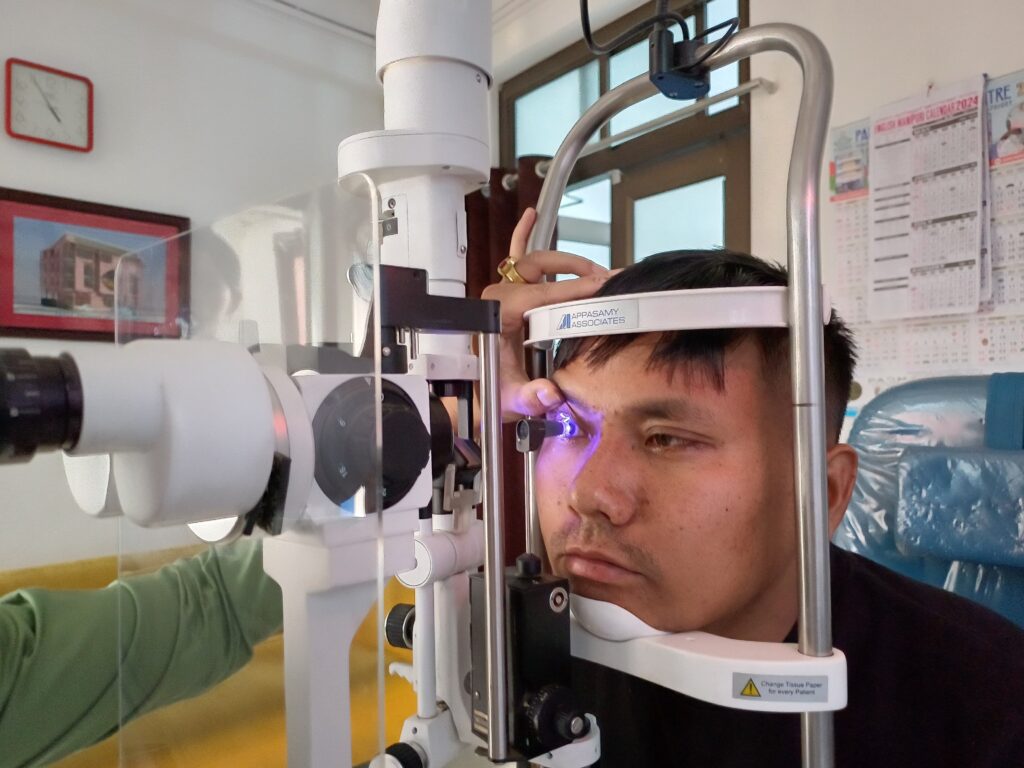
GLAUCOMA
Glaucoma is one of the leading causes of irreversible blindness An eye disease that causes vision loss and blindness by damaging a nerve in the back of our eye. The nerve connecting the eye to the brain is damaged, usually due to high eye pressure (IOP). It can occur without any apparent symptoms If diagnosed in time, vision loss from glaucoma is largely preventable.

LOW VISION
Vision loss that cannot be corrected by ordinary glasses, contact lens, medication or surgery. The low vision services are provided by specially trained optometrists and ophthalmologists which include a thorough eye examination, an evaluation of remaining vision and the prescription of optical devices/non optical device, such as high-powered spectacles and magnifiers, to enhance the images that one can see. Is LOW VISION the same as BLIND? NO, blindness is a total lack of vision. LOW VISION isn’t blindness as limited sight remains

CONTACT LENS
A thin lens placed directly on the surface of the eyes. Contact lens can be worn to CORRECT VISION or for COSMETIC purpose or for THERAPEUTIC reasons. Sports and other outdoor activities are more preferrable with CONTACT LENS than EYEGLASSES Diseases such as KERATOCONUS are typically corrected better with contact lens than with glasses.
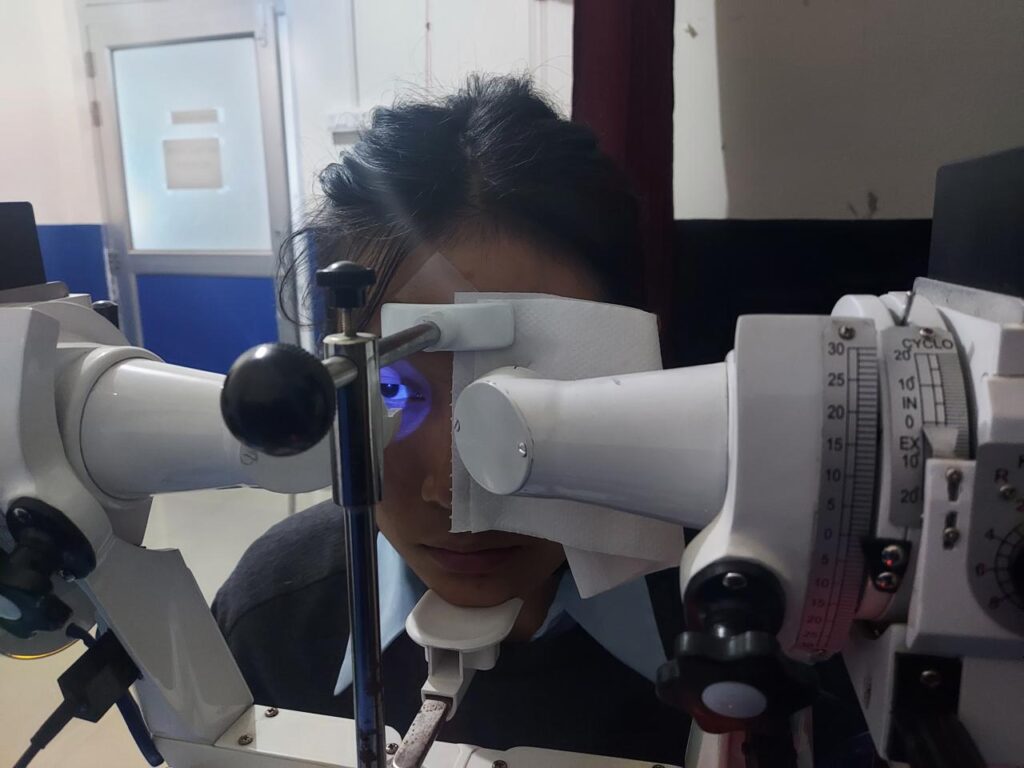
VISION THERAPY
Amblyopia also known as LAZY EYE is a visual impairment without apparent organic pathology Vision therapy is a kind of visual exercise needed for the amblyopic patient Mainly occur when the refractive power of the two eyes has the difference of ±2D or more Chances of effectiveness is very high at the age of 12 years or less
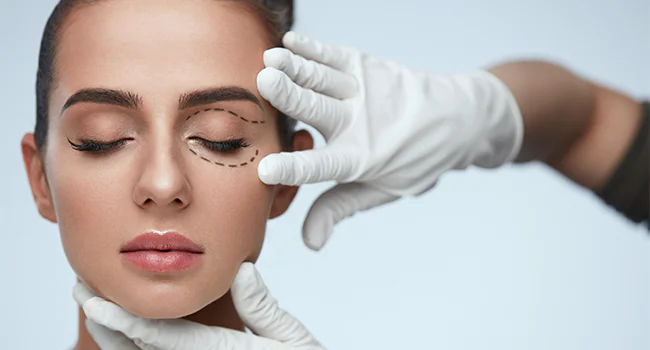
OCULOPLASTY
Oculoplasty deals with disorders of the eyelids and the orbit Correction of droopy eyelids, eyelid retraction, thyroid eye disease, tumors of eyelid and orbit can be availed Cosmetic (double eye surgery) and functional blepharoplasty are routinely done as well as accurate evaluation and management of watering eye Facilities for socket reconstruction of anophthalmic eyes are also available

RETINA
The retina is the layer at the very back of our eyeball The retina is like a translator in our eye. The retina captures the light that enters our eye and convert into electrical signals which then optic nerve send it to our brain which creates the images we see. Conditions that affect the retina include retinal detachment, retinitis pigmentosa, age related macular degeneration, macular hole.
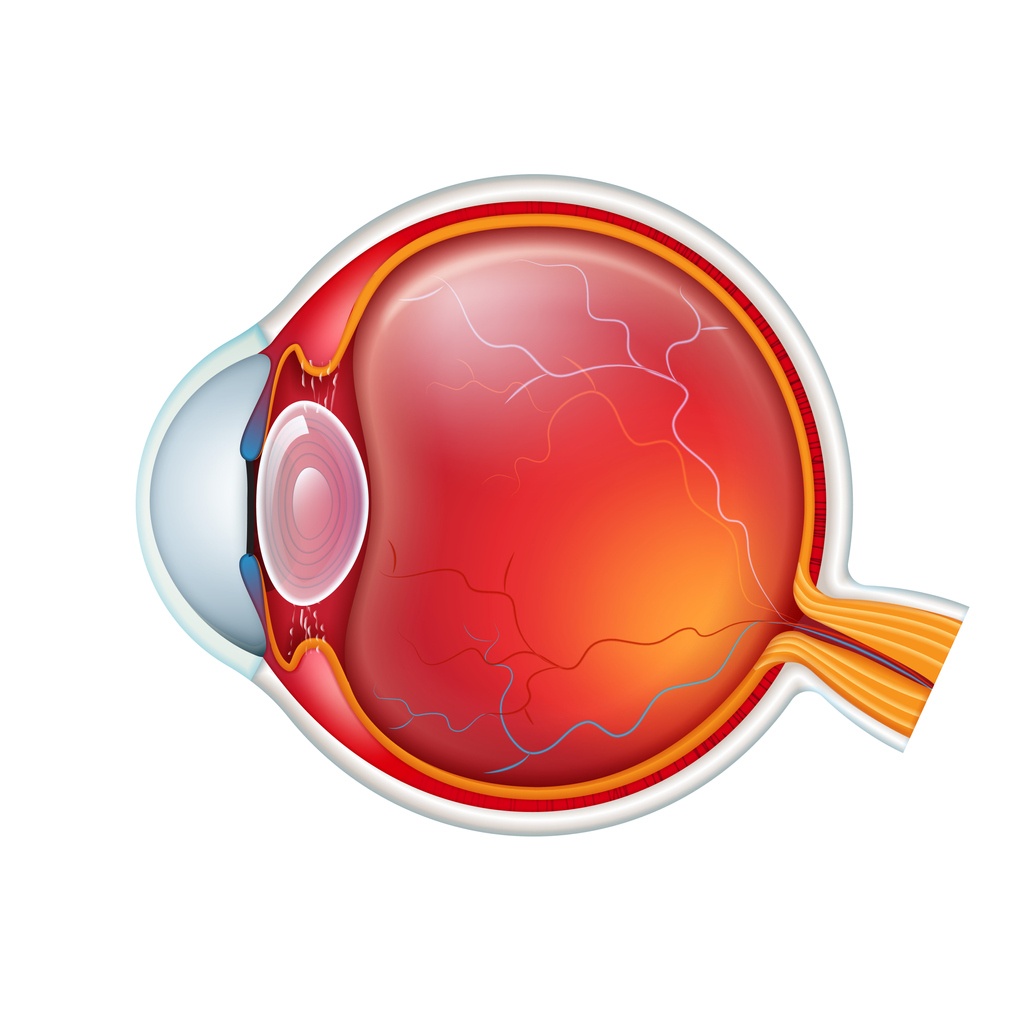
UVEA
The UVEA is the middle layer of the eye between the sclera (white part of the eye) and the retina (light sensitive layer at the back of the eye)
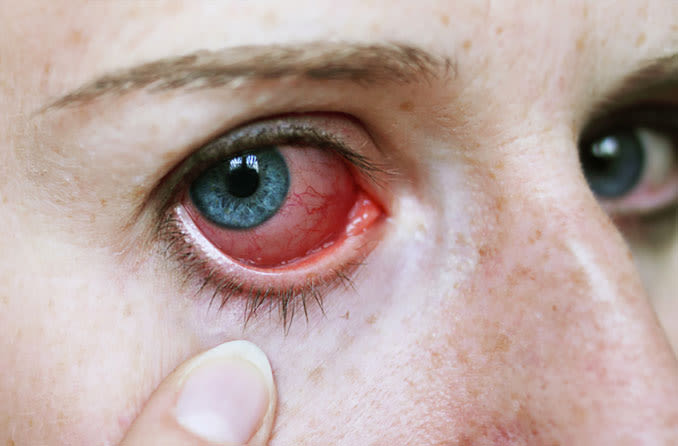
UVEITIS
An inflammation of the middle layer of the eye (Uvea) Symptoms include redness, pain, light sensitivity, blur vision and dark floating spots in the field of vision. The conditions can affect one or both eyes and it can affect people of all ages Possible causes of uveitis are infection (herpes zoster, syphilis, tuberculosis), injury, autoimmune or inflammatory disease (sarcoidosis, systemic lupus erythematosus), medical side effect. Left untreated, uveitis can cause complications such as MACULAR EDEMA, RETINAL SCARRING, OPTIC NERVE DAMAGE, GLAUCOMA.
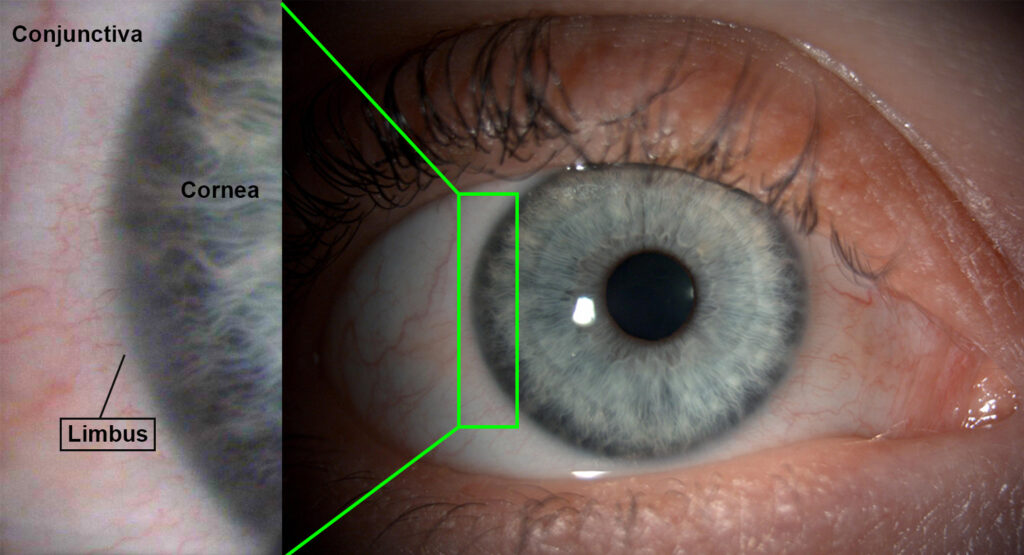
CORNEA
Cornea is a clear, transparent, circular structure in the anterior part of the eyeball Infection in cornea (KERATITIS) can occur spontaneously (e.g., in viral keratitis), after injury of the eye bacterial, fungal or in contact lens users Main symptoms are redness, pain, watering, photophobia and blurr of vision Early and prompt treatment is very essential for quick recovery without loss of vision.
 Admission Open for Yaima College of Optometry for the session 2024-25
Admission Open for Yaima College of Optometry for the session 2024-25
